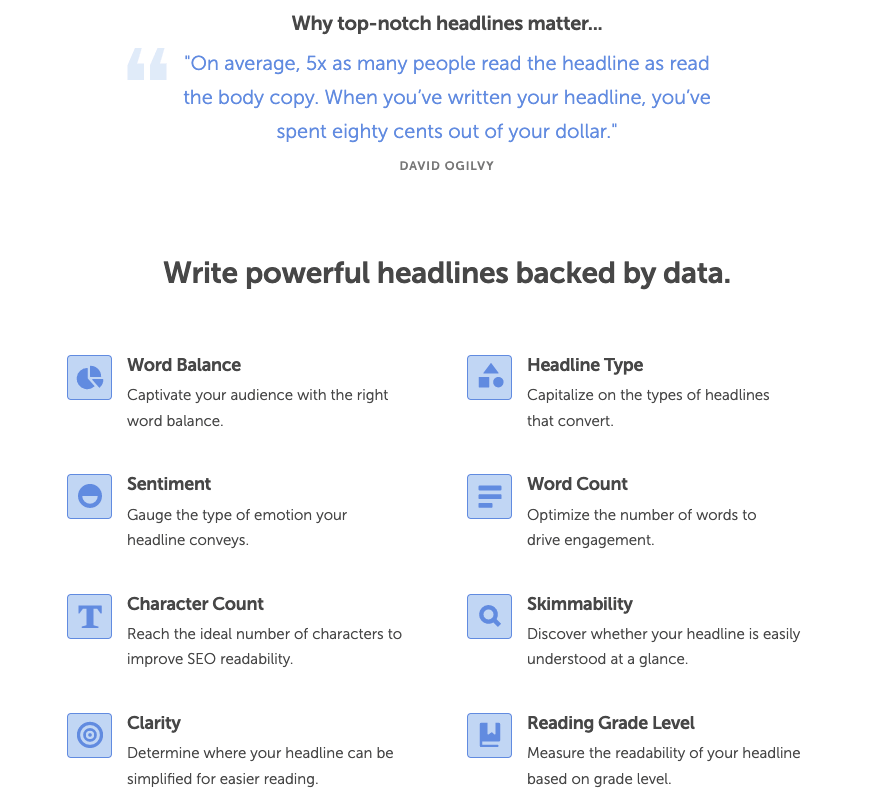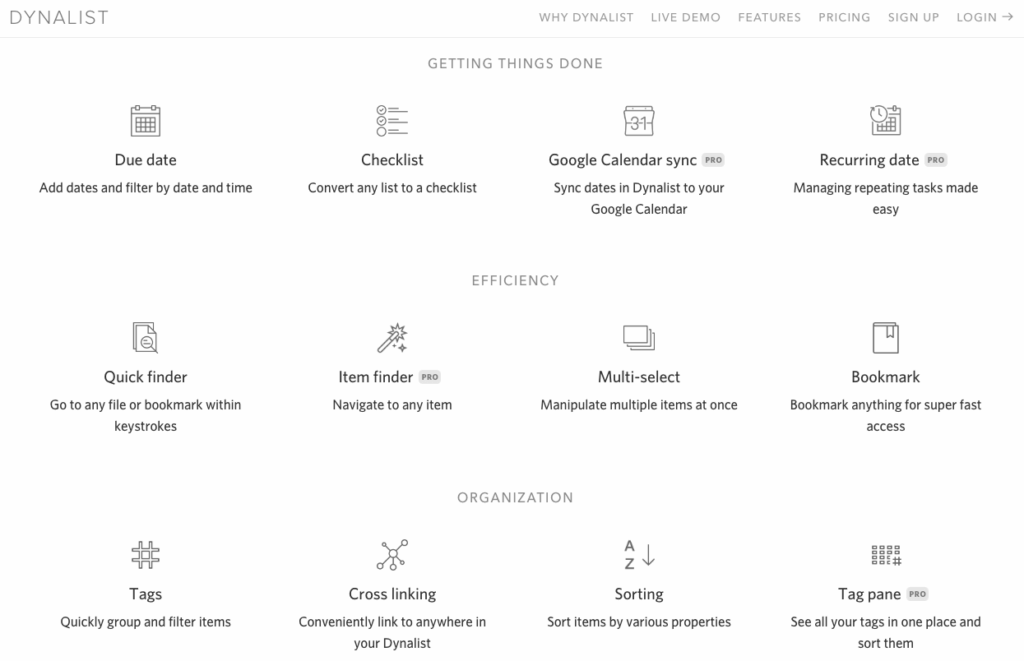With over 700 million users worldwide, LinkedIn has grown into one of the largest and most influential networking platforms on the internet, offering a great opportunity for professionals to increase their LinkedIn impressions.
That being said, it can be challenging to stand out and get noticed by potential employers or clients. Not only is there a lot of competition for attention on the platform, but your content’s visibility is also influenced by the number of LinkedIn impressions you receive.
In order to succeed on LinkedIn, it is important to have a clear strategy for how to distinguish yourself from others and attract the attention of your target audience.
An effective way to boost your LinkedIn impressions and attract attention is by using the APOC framework to write your posts.
The APOC framework comprises four key elements: Attention, Personal, Organise, and Conclude. I made this framework as a variation of the AIDA framework as it got great results for my LinkedIn Profile.
Attention
The first element of the APOC framework, Attention, is crucial to capturing the reader’s attention and enticing them to read further. This element requires creating an attention-grabbing headline or hook that includes a relevant statistic or number that provides insights into the post’s content.
The hook should be interesting and relevant to the reader, providing value or insights into a topic that they are interested in or that is important to them. It should also be concise and clear, as well as provocative and memorable so that it sticks in the reader’s mind and encourages them to read on.
When creating a hook, it’s important to consider the reader’s perspective and what will resonate with them. For example, if you’re writing about how to improve time management, a hook such as “Get More Done in Less Time: The Surprising Time Management Techniques That Really Work” could be effective.
There are several tools and techniques that can help with the attention-grabbing aspect of the APOC framework.
Tools like CoSchedule’s Headline Analyzer or Advanced Marketing Institute’s Emotional Marketing Value (EMV) Headline Analyzer can help you optimise your headline to make it more attention-grabbing and emotional.
A strong hook not only captures the reader’s attention but also sets the tone for the rest of the post. It gives readers a glimpse into what they can expect from the post and helps to establish the post’s value proposition.

Incorporating statistics and numbers in your headline can make it more impactful and attention-grabbing. People are more likely to click on a post that promises to deliver a specific result or percentage increase.
Thus, the Attention element of the APOC framework is critical to attracting readers and encouraging them to engage with your content. By creating an attention-grabbing headline or hook that includes relevant statistics or insights, you can capture your reader’s attention and keep them engaged with your content.
Personal
The second element of the APOC framework involves adding a personal touch to the post. The Personal element is all about creating an emotional connection with your audience by sharing a story, or experience, or documenting your execution or learning journey.
When you share your personal experience, you make your post more relatable and engaging. Your readers will be more likely to connect with your content if they can see how it relates to their own lives or experiences. By sharing your personal journey, you also demonstrate your expertise and credibility on the topic.
Personalising your post doesn’t mean that you have to share every detail of your personal life. Instead, you can use anecdotes or case studies to illustrate your point. For example, if you’re writing a post on how to overcome procrastination, you could share a story about how you struggled with procrastination and what you did to overcome it.
Another way to add a personal connection is to document your learning journey or execution process. This could include sharing your mistakes, successes, and what you learned along the way. By sharing your process, you not only provide valuable insights to your readers but also show that you are willing to be vulnerable and open about your experiences.
Hence, the Personal element of the APOC framework is about creating an emotional connection with your audience by sharing personal experiences and documenting your execution or learning journey. By doing so, you make your post more relatable and engaging and establish your expertise and credibility on the topic.
Organise
The third element of the APOC framework, Organise, is all about making your post easy to read and visually appealing. This element involves using formatting tools like lists and emojis to organise content and make it more accessible to your readers.
Using lists is an effective way to organise your content into digestible chunks that are easy to read and understand. Lists can also help break down complex topics into manageable parts, making it easier for your readers to follow along. Additionally, lists can make your post more scannable, which is important because most readers don’t read content word for word.
Dynalist is a great tool that can help you streamline the process of organising your content. It is a note-taking and organisation tool that allows you to create lists, outlines, and nested bullet points. This makes it easy to break down your content into manageable chunks and organize it in a way that is easy to read and visually appealing.

In addition to the outlining and list-making features, Dynalist also allows you to add tags and labels to your notes, which can help you find and organise your content more effectively. You can also use the search function to quickly find specific notes or topics.
Emojis are another great tool to use when organising your post. They can help add personality to your writing and can make your content more visually appealing. Emojis can also help break up long blocks of text and draw attention to important points.
By organising your post, you can make it easier on the eyes and more accessible to your readers. This can increase engagement with your post and help your readers retain the information you are sharing. Furthermore, organising your content can make it more shareable on social media platforms like LinkedIn, helping to boost your LinkedIn impressions.
Thus, the Organise element of the APOC framework involves using formatting tools like lists and emojis to make your post more visually appealing and easy to read. By organising your content, you make it more accessible and easier to understand, which can increase engagement and improve retention of the information you are sharing.
Conclude
The fourth and final element of the APOC framework is Conclude, which is all about providing a clear Call to Action (CTA) or closing the loop based on the hook. This element is crucial because it encourages engagement, and increases the likelihood of your post being shared and seen by more people, which in turn can lead to more LinkedIn impressions.
A Call to Action (CTA) is a statement that encourages your readers to take a specific action, such as commenting on your post, sharing their own experiences, or following your LinkedIn page. A strong CTA should be clear, concise, and relevant to the content of your post. It should also be actionable and encourage readers to take immediate steps to engage with your content.
In addition to a CTA, you can also close the loop by summarising the main points of your post and tying it back to the hook. This reinforces the relevance of your post and can help readers remember the key takeaways.
Another effective strategy for concluding your post is to offer additional resources that are relevant to the content. This could include links to related articles, whitepapers, or other content that your readers might find useful. By offering additional resources, you demonstrate your expertise in the subject matter and provide value to your readers.
Hence, the Conclude element of the APOC framework involves providing a clear Call to Action (CTA) or closing the loop based on the hook. By encouraging engagement and offering additional resources, you can increase the likelihood of your post being shared and seen by more people, ultimately helping you to expand your professional network, improve your LinkedIn impressions and build your personal brand.
In conclusion, the APOC framework provides a comprehensive guide for creating effective and engaging posts on LinkedIn. By following the APOC framework, you can increase your LinkedIn impressions and attract attention to your profile.
The framework emphasizes the importance of attention-grabbing headlines, sharing personal experiences, organizing content, and providing clear calls to action. These elements work together to create posts that resonate with your target audience and encourage engagement, resulting in increased LinkedIn impressions.
See also: 3 Effective Performance Marketing Strategies In 2023
By implementing the APOC framework, you can effectively showcase your skills, connect with others in your industry, and find new job opportunities. It’s a powerful tool that can help you expand your professional network and build your personal brand on LinkedIn.
Thus, the APOC framework is a valuable resource for anyone looking to boost their LinkedIn impressions and make an impact on the platform. With a little practice and dedication, you can create compelling content that attracts attention and helps you achieve your professional goals.



